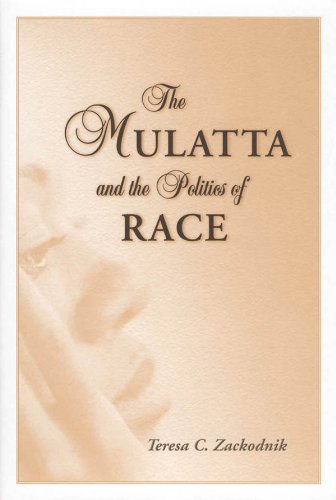Surveying the Intersection: Pathology, Secrecy, and the Discourses of Racial and Sexual IdentityPosted in Articles, Gay & Lesbian, Literary/Artistic Criticism, Media Archive, Passing on 2011-01-26 21:14Z by Steven |
Surveying the Intersection: Pathology, Secrecy, and the Discourses of Racial and Sexual Identity
Journal of Homosexuality
Volume 26, Issue 2 & 3 (December 1993)
pages 1-20
DOI: 10.1300/J082v26n02_01
Marylynne Diggs
“Surveying the Intersection: Pathology, Secrecy, and the Discourses of Racial and Sexual Identity” cautions against the risks of metaphorical imperialism in readings of codified gay and lesbian representation. Taking issue with Foucault’s suggestion that the secret of the nineteenth century was the secret of sex, I suggest that, in the nineteenth-century American culture, where African-American identity and equality were among the most controversial issues of the century, the secrets of identity were secrets of race as well. Because scientific and literary representations of pathological and/or secret, essential identities are sites of intersection in the discources of homosexual and mixed-race identity, they should be investigated as intersections, rather than read as codifications of sexual difference. Surveying the discourses of scientific racism, genetics, and eugenics, and doing readings of Frances E. W. Harper’s Iola Leroy and Alice Dunbar-Nelson’s The Stones of the Village, I suggest that Harper’s representation of the mulatto leader can be read as an act of resistance to the representation of the mulatto as a degenerate, hybrid species; and that in Dunbar-Nelson’s story, the thematics of passing, secrecy, and the fear of detection, while having a recognizable homoerotic quality, should not be read simply as a codification of homosexual difference and panic. I conclude with a call for more work on historicizing the intersection of racial and sexual identity in the discouces of pathology and degeneration.
Read or purchase the article here.
